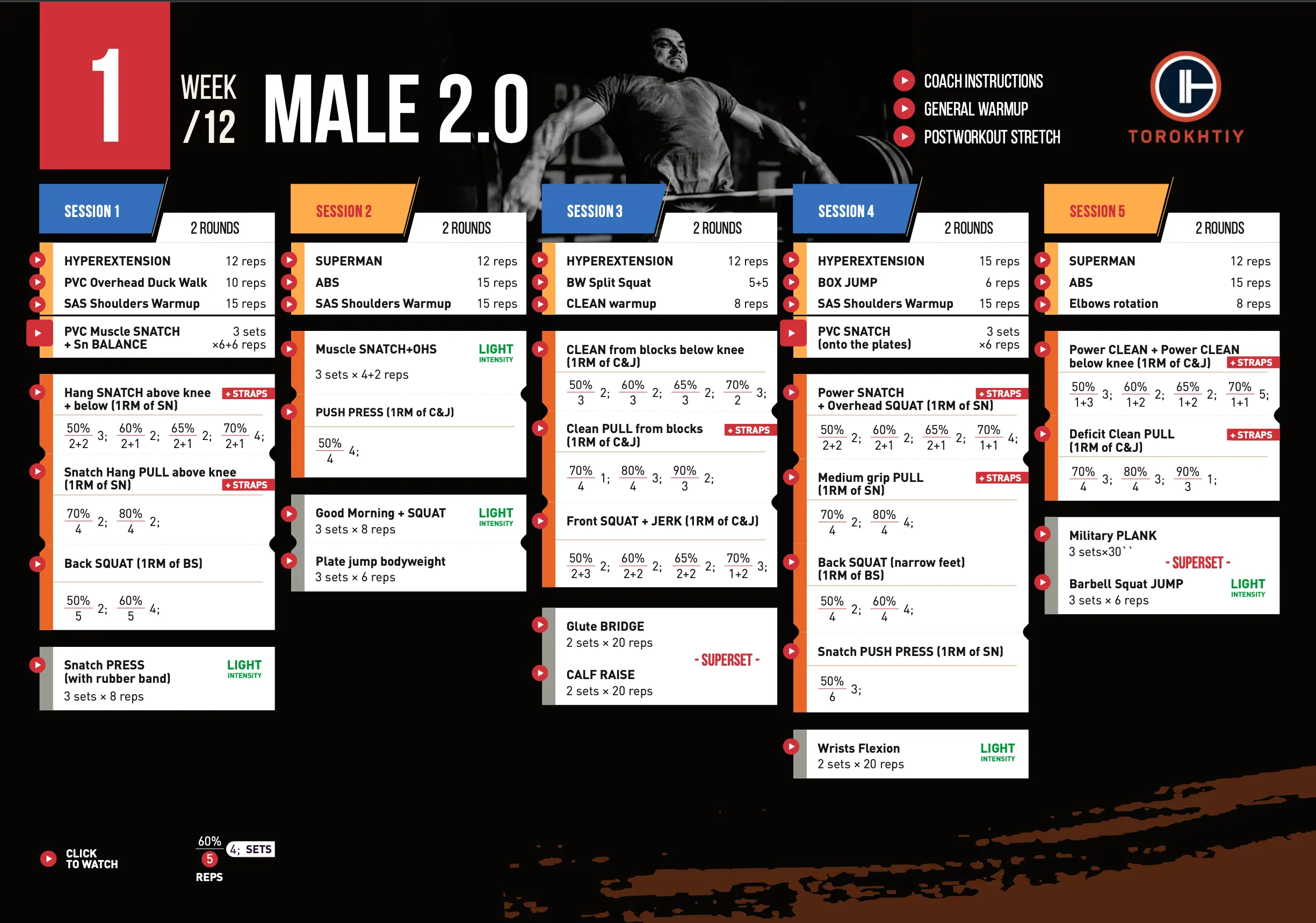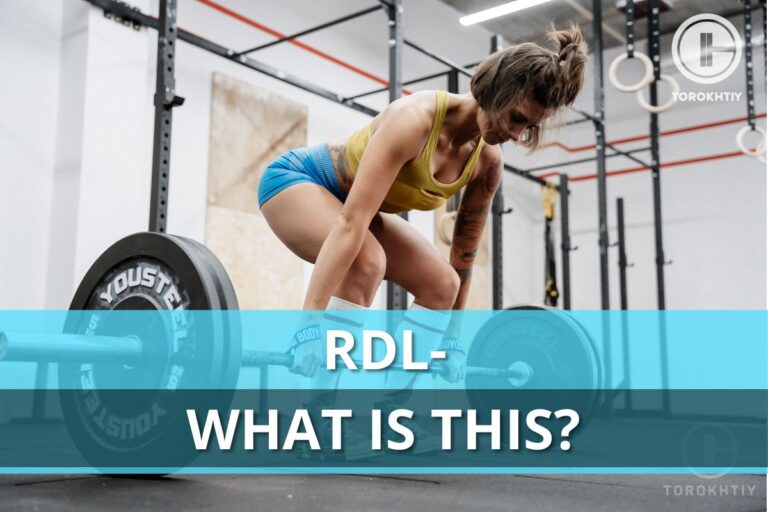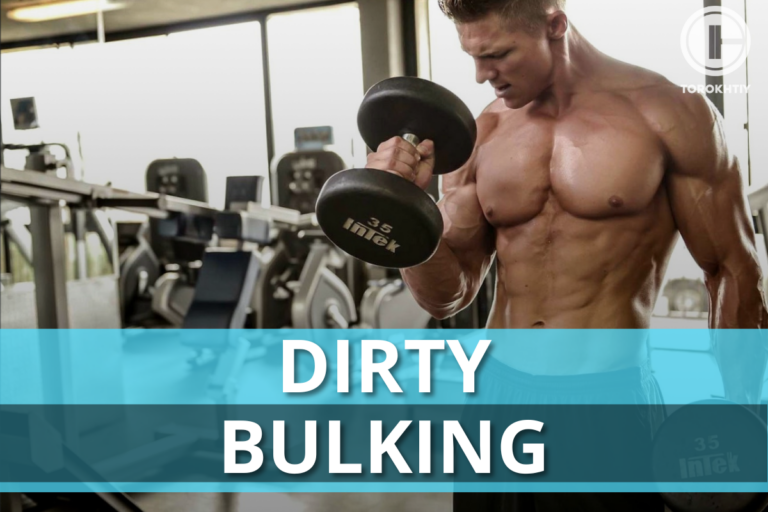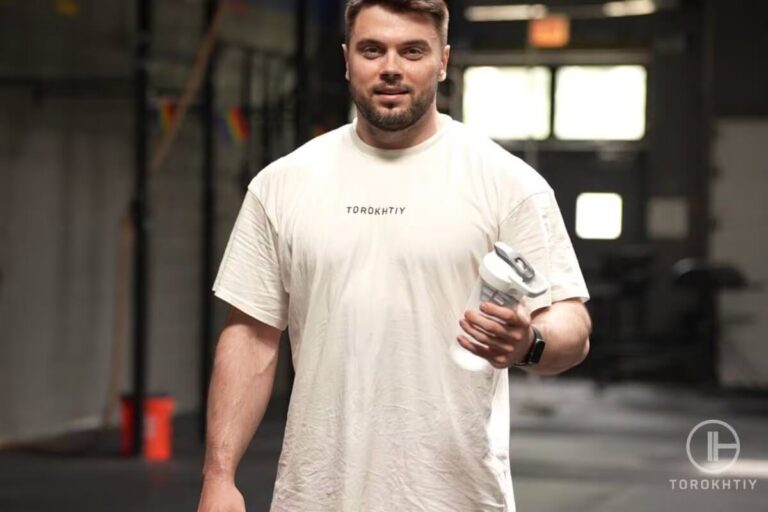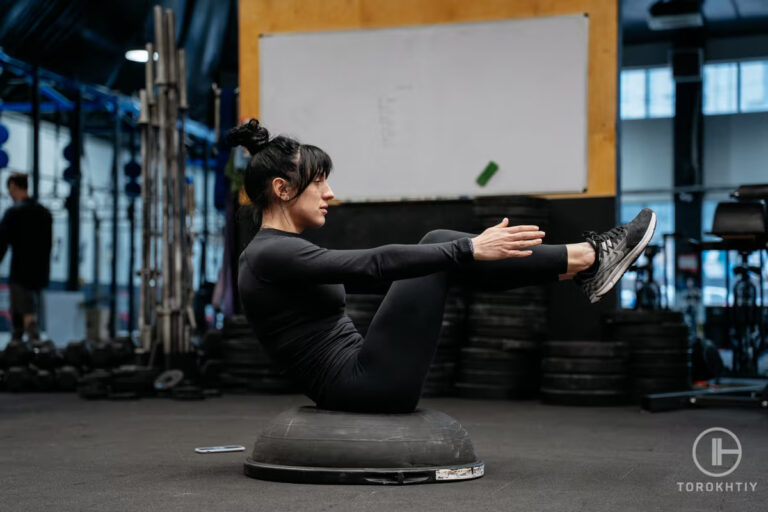Selection And Progress
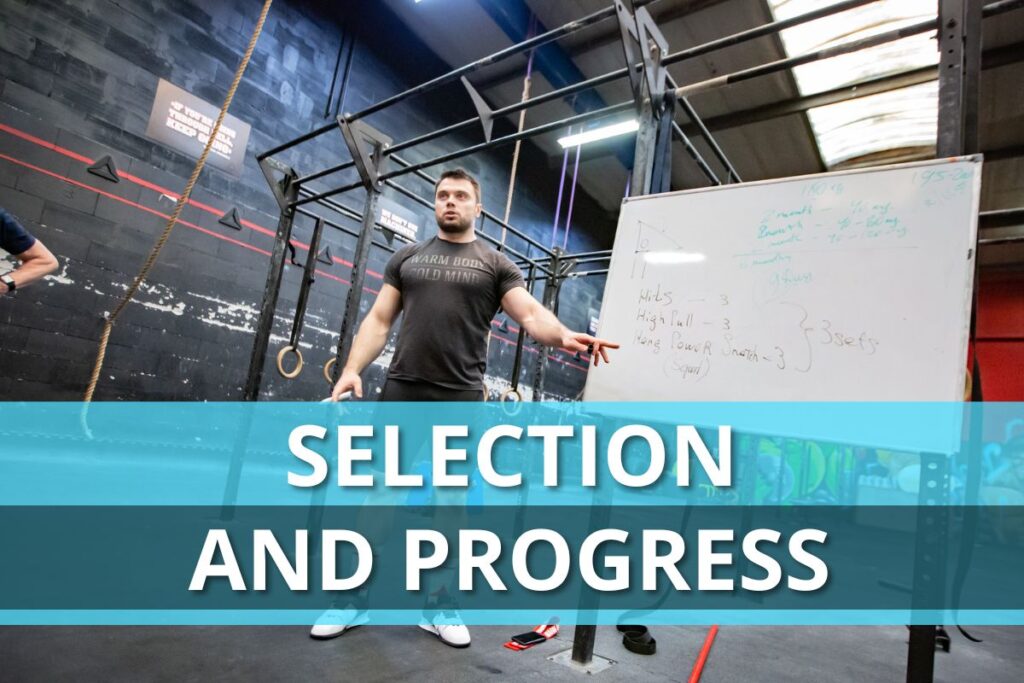
The most frequent questions I’m asked at the seminars are: if I train correctly, how long will it take me to become a professional athlete or will I be able to lift 100 kg in snatch? Find out how much time is needed to achieve certain results in this article.
I have never met a weightlifter that would enter the gym for the first time in his life lifting such weights in snatch or clean as national champions do. Of course, you can often meet physically gifted guys who have never exercised before, but still manage to make deadlift heavier than their weight right at the first training session. Unfortunately, in snatch and clean it is almost impossible and I would also not recommend trying to beat the records immediately to anyone without understanding the training technology and rules – it is unsafe.
An experienced trainer will tell you that an athlete does not move from the beginner category to a professional athlete earlier than 1.5-2 years of systematic training. That is the time needed to consolidate the technical skills of snatch, clean and jerk and other exercises, as well as to adapt your body to speed-strength work. After such a period of work, it is possible to see if there is a real perspective for the athlete.
The last 20 years practice shows that the average age for starting training for boys and girls is 11.6-13.6 years. But a number of modern studies in sports physiology recommend girls to start training even earlier – at the age of 10-11.5 years, since an earlier start of training has a positive effect on adaptation to intense physical exertion.
The world athletes progress statistics analysis suggests that after 4-5 years of training, the athlete is able to loudly declare himself at the national level, for girls this period is 2 times less: after 2-2.5 years of systematic training, talented girls can be selected to junior and junior national team.
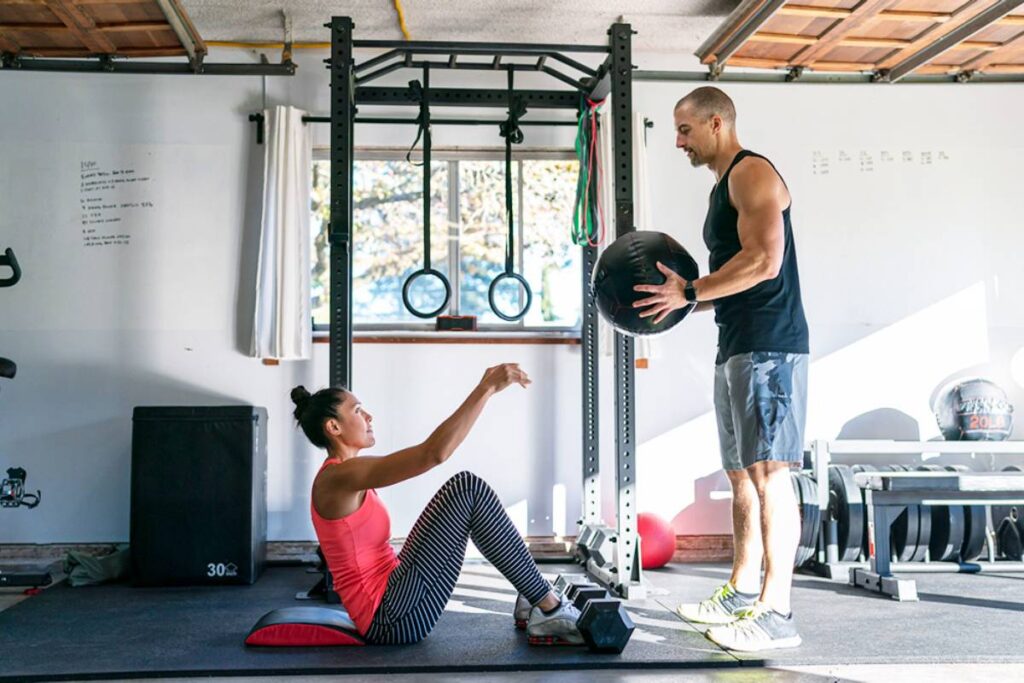
As for the international level, the average TOP 10 age for men is 21.4 and women 19.6 years. That is, the average duration of reaching the level of the world elite among men since the start of classes is about 8.6 years, and for women about 6.2. Heavy weight categories athletes take 1-1.5 years longer. This data is important from the point of view of reasonable training process planning and the result growth rate.
As we know, the ideal age for the Olympics is 24-26, but at the same time, history knew unique athletes who won medals both at 17 and 35. Statistics show that at the world level men are often in the TOP 10 rating up to 38-39 years, especially in the heavy weight categories, for women this indicator is 4-5 years smaller.
Practice shows that the ability to present good results over a long time is owned by athletes with a high level of psychological reliability, a high level of motivation, will and determination. It is not a secret that the majority of outstanding athletes are distinguished by perseverance and high performance.
Therefore, it is very important for the trainer to see the following qualities in newcomers: self-reliance, resistance to stress, the desire to compete and train with stronger athletes.
🔻12-Week Olympic Weightlifting Program by Oleksiy Torokhtiy
Transform your strength and technique with our 12-week Olympic Lifting Program, made up of 5 sessions per week.
It is designed by Olympic Champion for athletes who are looking to set new personal records safely in Snatch or Clean & Jerk.
Program details:
- 12 weeks + 2 bonus weeks
- 45-120 minutes per session
- 50+ specific exercises/98 video instructions
- Primary focus on Olympics Lifts
- Full access to all training content
- Weekly video coach instructions
Start now and boost your weightlifting results!
For beginners (the first 2 years of training) a very complex versatile training is very important in order to create a broad functional base for further progress. Unfortunately, the history knows a large number of junior competitions champions that became unpromising when adults, since their adaptation reserves were depleted by high narrowly targeted loads still in childhood.
Experience and scientific studies show that athletes who, during the first 3-5 years of training master a wide technical arsenal of weightlifting exercises and work a lot on general physical training, are potentially more promising.
Train together – train right!
Photo by: TANGUY MAES
You might be interested in:
Why Trust Us?
With over 20 years in Olympic Weightlifting, our team does its best to provide the audience with ultimate support and meet the needs and requirements of advanced athletes and professional lifters, as well as people who strive to open new opportunities and develop their physical capabilities with us.
By trusting the recommendations of our certified experts in coaching, nutrition, dietology, and sports training programming, as well as scientific consultants, and physiotherapists, we provide you with thorough, well-considered, and scientifically proven content. All the information given in the articles concerning workout programming, separate exercises, and athletic performance, in general, is based on verified data. We ensure that you can rely on our professionals’ pieces of advice and recommendations that can be treated as personalized ones which will benefit you and fully meet your needs.
The product testing process is described in more detail here
Author: Sergii Putsov
Head of Sport Science, PhD
Best Results: Snatch – 165 kg,
C&J – 200 kg
Sergii Putsov, Ph.D., is a former professional weightlifter and National team member, achieving multiple medals in the 94 kg weight category at national competitions. With a Master’s degree in “Olympic & Professional Sport Training” and a Sport Science Ph.D. from the International Olympic Academy, Greece, Sergii now leads as the Head of Sport Science. He specializes in designing training programs, writing insightful blog articles, providing live commentary at international weightlifting events, and conducting educational seminars worldwide alongside Olympic weightlifting expert Oleksiy Torokhtiy.

